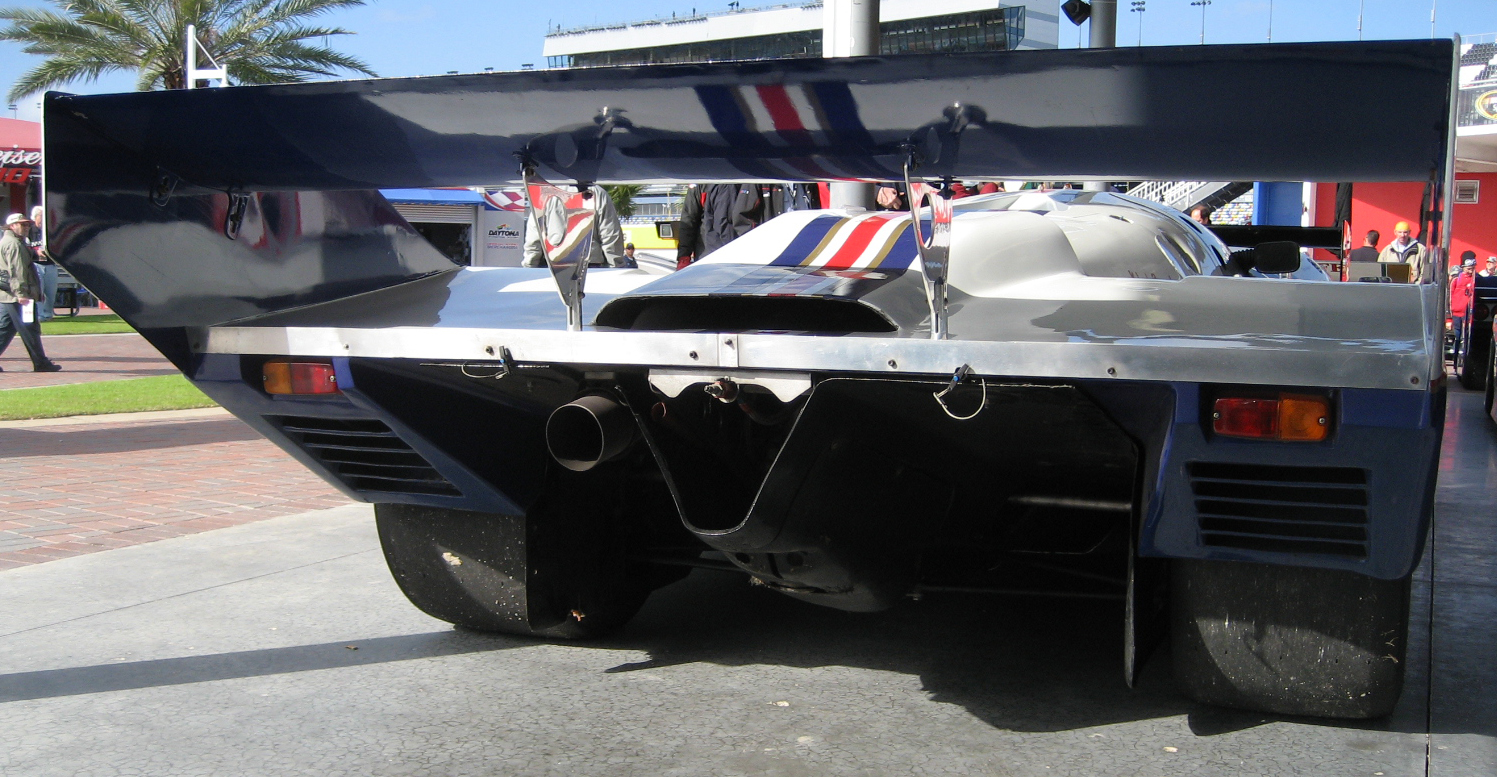Noah Prandtl wrote: ↑26 Jul 2020, 21:53
You choose airspeed=180km/h,can you give your data for expreesed downforce in Newtons?
For calculate that I need front/rear wings and floor area..
Downforce=1/2 x airspeed squre(50m/sec) x Cl x Area x air density(1kg/m3)
One tends not to express downforce in absolute because it's dependent on atmospheric conditions and the square of speed, but it's ~7500N at 50m/s.
In automotive and motorsport drag and downforce are non-dimensionalised by frontal area - and a fixed frontal area for all cases at that rather than calculating for every new geometry. Normally ~1.5m^2, though there is a legacy number of 1.47m^2 used a lot in F1, it really depends in the internal practices of a given team, some will even use the area coefficient (CzS) because it's more accurate.
The ISA (International Standard Atmosphere) air density at 15C at sea level is 1.225kg/m^3.



